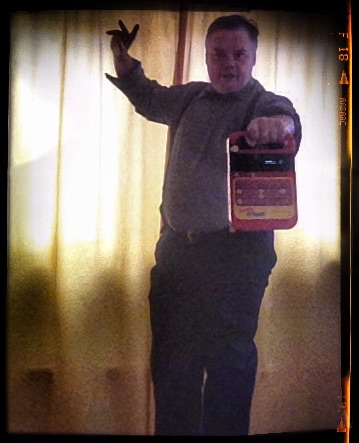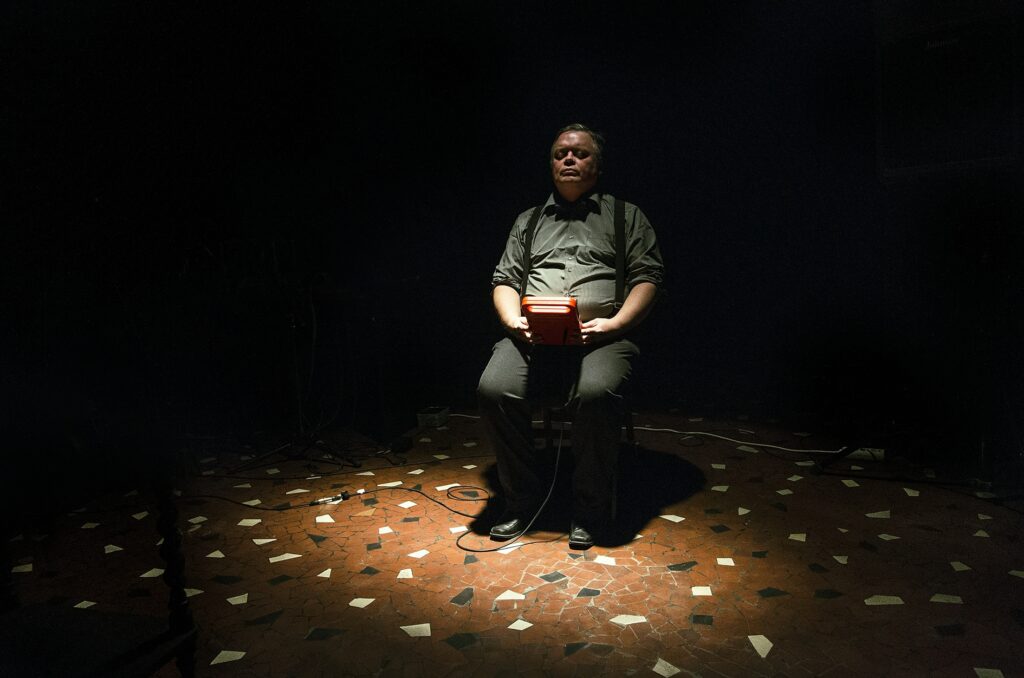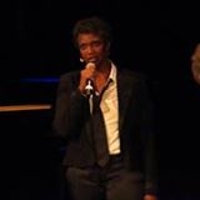meta memory

choose a text which you have previously written
choose a space in which to speak this text
record the sound of this space without speaking – all artefacts and features of this space, including exterior environmental sounds are welcome
record yourself reading your text out loud in this space – speak as if you are reading to yourself
mix the recording of the space without voice together with the recording of your voice
this mix is played back during a performance in the same space
the playback should be unclear and muffled
a performance consists of speaking the text again in the same space, but this time without reading it
an additional instrument may be used to accompany the voice
the performer tries to remember the text and uses the recording to prompt this memory
an introspective meta memory exercise
devised for Zsolt Sőrés Ahad
performances
MM Centar – Showroom of Contemporary Sound – Zagreb
6 May 2015
[VIDEO] ↓
[AUDIO] ↓
“music after the end of music”
Művelődési Szint (Müszi) Budapest
10 October 2015

photo: Orsolya Kaincz




